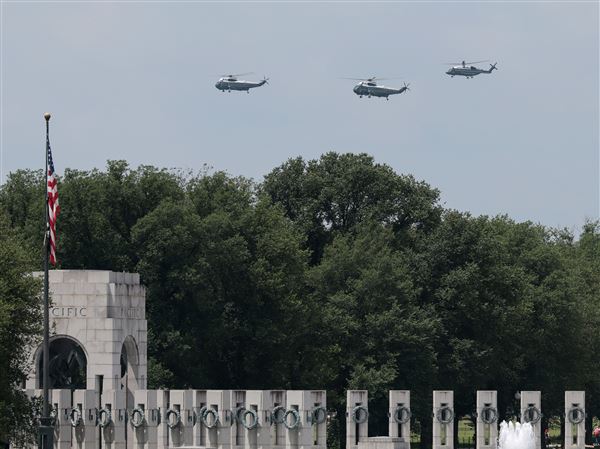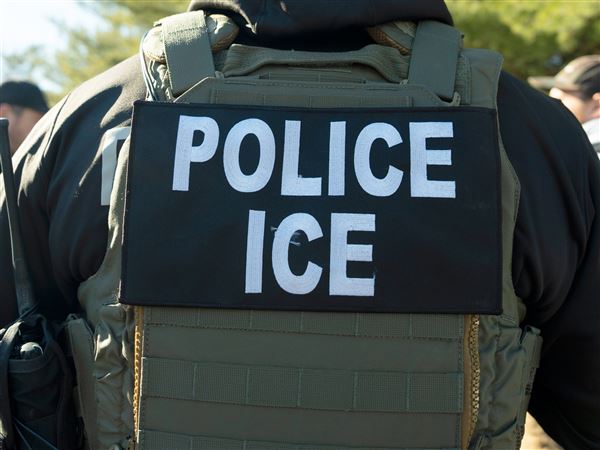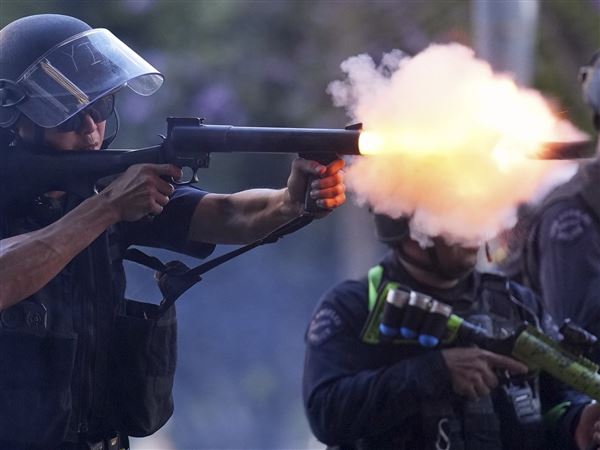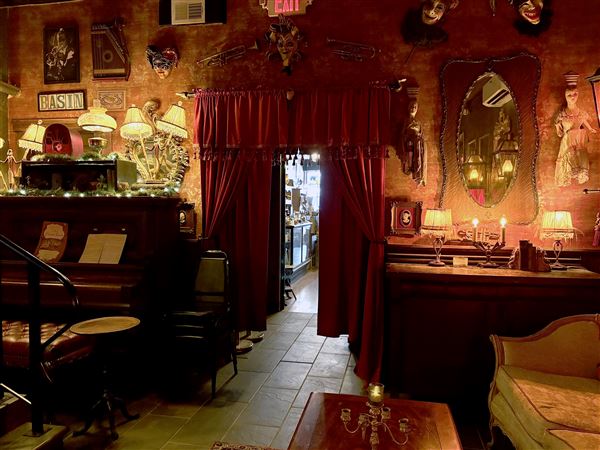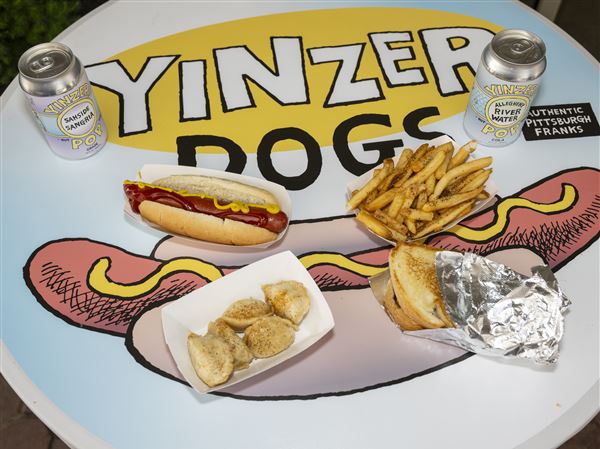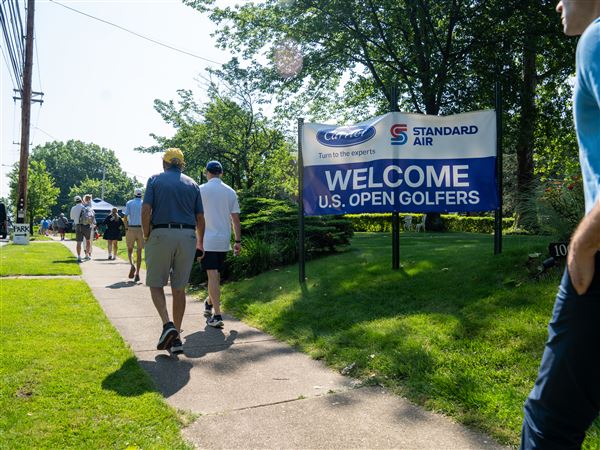The prices that most people actually pay for college, which had remained stable for several years, are on the rise again, as tuition and other cost increases outpace financial aid awards, the College Board reported on Wednesday.
The average price of tuition, fees, room and board, after financial aid and tuition tax credits are deducted, has reached $12,110 at public four-year colleges for in-state students and $23,840 at private nonprofit institutions.
For three decades the cost of college has seemed to do nothing but climb faster than the cost of living, based on the full prices that institutions publish. That amount, known as the sticker price, set records yet again this year, averaging $39,520 for private nonprofit colleges and $17,860 for public ones.
But most students pay far less, and the true net prices, as calculated by the College Board in its annual survey of almost 4,000 institutions, and adjusted for inflation, paint a different picture: after rising swiftly since the 1980s, net prices began to level off in the last decade and actually dropped a little during the recession before climbing once again.
Judging by published prices, this year's increase -- less than 3 percent, adjusted for inflation, for public and private colleges combined -- is low by recent standards. But this year's net price climbed more than 4 percent, the steepest rise since 2003.
"Certainly ignoring the sticker price would be wrong," Sandy Baum, a co-author of the report, said in a briefing for reporters before it was released. "But we cannot understand college affordability without looking at net prices."
When incomes shrank in the last downturn, financial aid from colleges and governments soared, keeping in check the costs actually paid by students and their families. In particular, federal aid ballooned for veterans and low- and moderate-income students, to more than $51 billion in 2010-11 from $23 billion in 2007-8.
About one-third of students pay full price, and the gap between them and those receiving financial aid is growing, a potential source of friction. Yet many prospective students from low-income families, who would actually pay little or nothing, are scared off by the big numbers, unaware of how much aid is available, said Ms. Baum, a senior fellow at the Graduate School of Education and Human Development at George Washington University.
"All of the trends we're talking about are more complicated than the simple one-liners would suggest," she said.
Not only do sticker prices and net prices tell different stories, so do public and private school costs.
Prices reached a plateau earlier and stayed there longer at private nonprofit colleges. Before this year's increases, their average net price, adjusted for inflation, had barely changed since 2004, despite ever-increasing published prices.
Holding the line has been harder for public institutions as state governments have slashed support, offsetting the flood of federal aid. Public colleges' net prices rose gradually before and during the recession, and more sharply in the last three years.
Community colleges show yet another pattern, with higher prices outweighed by increased aid. As a result, inflation-adjusted net prices are, on average, lower than they were in the last decade or the 1990s.
Among for-profit colleges surveyed, sticker prices average about $15,170 this year, up about 3 percent, and net prices average about $4,950. But the study cautioned that estimating those figures and gauging trends over time was tricky because most for-profit institutions do not participate in the survey.
Ms. Baum expressed concern that this year's increases in what students really pay at four-year colleges could be a sign of things to come. After soaring from 2008 to 2010, financial aid from colleges, states, the federal government and private sources has been flat for two years, and budget pressures are likely to defeat any increase.
First Published: October 24, 2012, 10:00 p.m.

